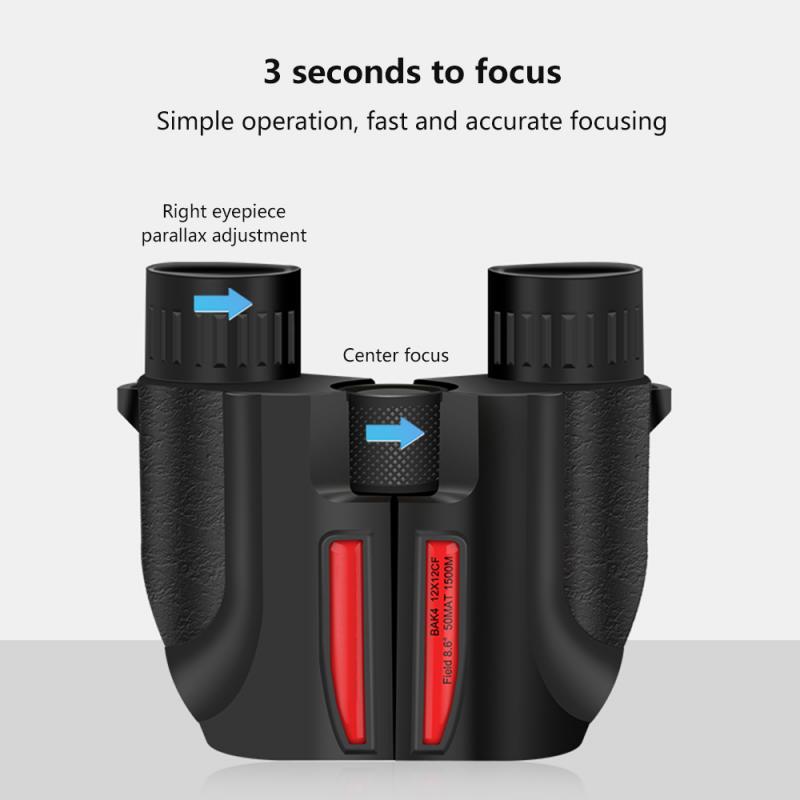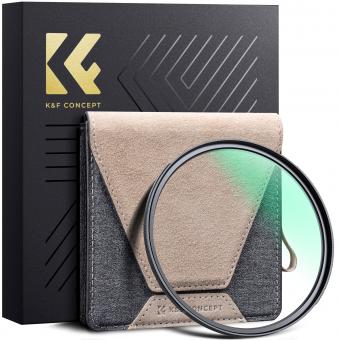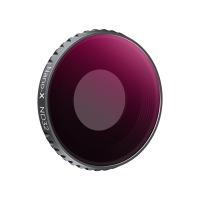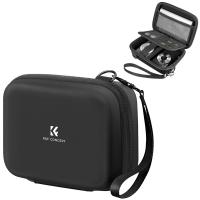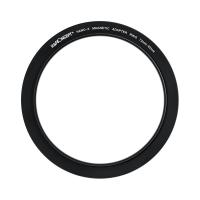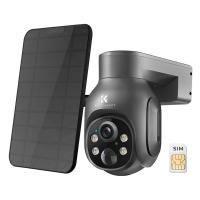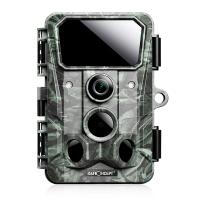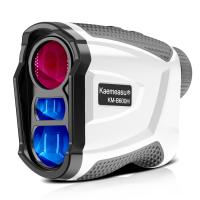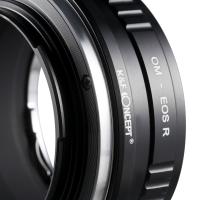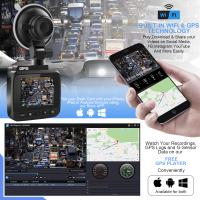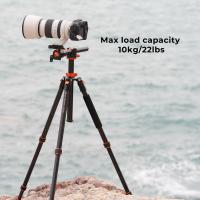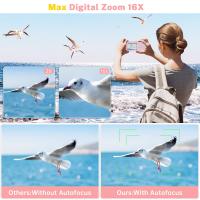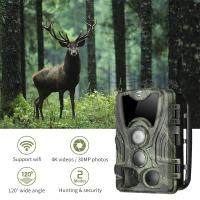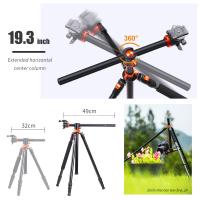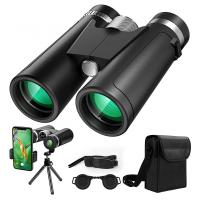How Are Binoculars Measured ?
Binoculars are typically measured by two main specifications: magnification and objective lens diameter. Magnification refers to how many times closer the object appears compared to the naked eye. For example, if a binocular has a magnification of 8x, the object will appear 8 times closer than it would to the naked eye. Objective lens diameter refers to the size of the front lenses in millimeters. A larger objective lens diameter allows more light to enter the binoculars, resulting in a brighter and clearer image. For example, a binocular with a 10x42 specification means it has a magnification of 10x and an objective lens diameter of 42mm. Other specifications that may be included are field of view, eye relief, and close focus distance.
1、 Magnification power
Binoculars are measured by their magnification power, which is the degree to which they can enlarge an image. This is typically indicated by a number followed by an "x", such as 8x or 10x. The first number represents the magnification power, while the second number represents the diameter of the objective lens in millimeters.
However, it is important to note that magnification power is not the only factor to consider when choosing binoculars. Other important factors include the quality of the optics, the size and weight of the binoculars, and the field of view.
In recent years, there has been a trend towards larger objective lenses and higher magnification power in binoculars. This is partly due to advances in technology, which have made it possible to produce larger and more powerful binoculars without sacrificing image quality.
However, it is important to remember that higher magnification power does not always mean better performance. In fact, very high magnification can actually make it more difficult to hold the binoculars steady and can result in a shaky image. Additionally, larger objective lenses can make the binoculars heavier and more difficult to carry around.
Ultimately, the best binoculars for you will depend on your specific needs and preferences. It is important to consider all of the factors mentioned above and to try out different models before making a purchase.
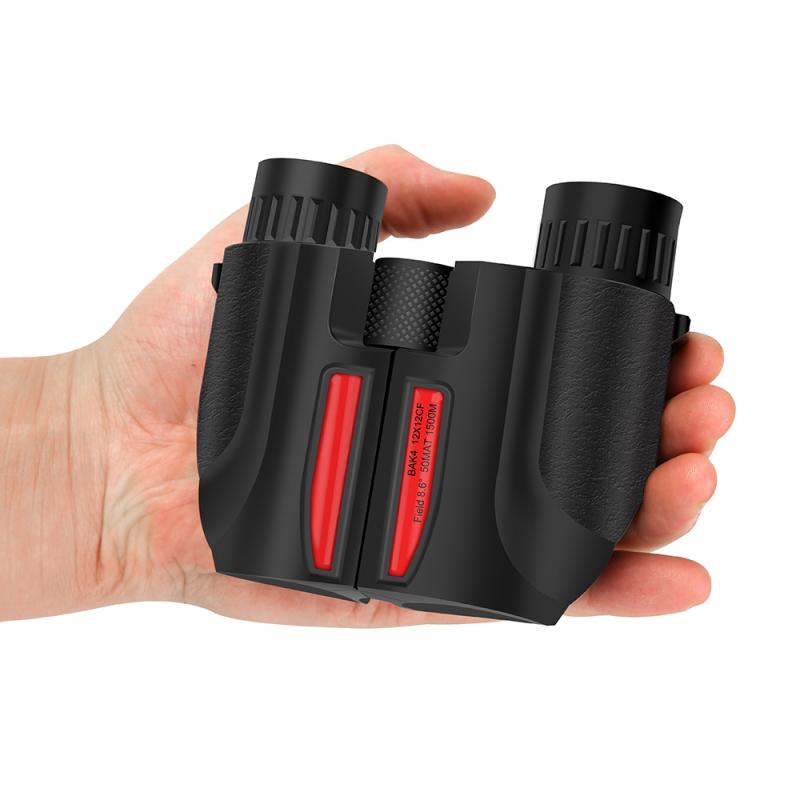
2、 Objective lens diameter
Binoculars are measured in a number of ways, but one of the most important measurements is the objective lens diameter. This measurement refers to the diameter of the front lens element of the binoculars, which is responsible for gathering light and creating the image that you see through the eyepieces.
The objective lens diameter is typically measured in millimeters, and it can range from as small as 20mm to as large as 80mm or more. Generally speaking, larger objective lenses will allow more light to enter the binoculars, which can result in brighter and clearer images, especially in low-light conditions.
However, it's important to note that objective lens diameter is not the only factor that affects the quality of the image you see through your binoculars. Other factors, such as the quality of the lenses and coatings, the magnification power, and the overall design of the binoculars, can all play a role in determining how well they perform.
In recent years, there has been a trend towards larger objective lenses, as manufacturers seek to create binoculars that can perform well in a wider range of lighting conditions. However, it's important to remember that bigger isn't always better, and that the best binoculars for you will depend on your specific needs and preferences.

3、 Exit pupil size
Binoculars are measured in a variety of ways, but one of the most important factors to consider is the exit pupil size. The exit pupil is the diameter of the beam of light that exits the eyepiece of the binoculars and enters your eye. It is measured in millimeters and is calculated by dividing the diameter of the objective lens by the magnification of the binoculars. For example, if you have a pair of binoculars with a 10x magnification and a 50mm objective lens, the exit pupil size would be 5mm.
The exit pupil size is important because it determines how much light enters your eye and affects the brightness of the image you see. A larger exit pupil size means more light enters your eye, resulting in a brighter image, especially in low light conditions. However, a larger exit pupil size is only beneficial if your eye can accommodate it. The human eye can only dilate up to a certain size, so if the exit pupil size is larger than your eye's dilation, the extra light will be wasted.
In recent years, there has been a growing trend towards larger exit pupil sizes in binoculars, with some manufacturers offering models with exit pupil sizes of 7mm or even 8mm. However, it's important to remember that a larger exit pupil size doesn't necessarily mean better performance. Other factors, such as the quality of the optics and coatings, also play a significant role in determining the brightness and clarity of the image.
In conclusion, while there are many ways to measure binoculars, the exit pupil size is a crucial factor to consider when choosing a pair. A larger exit pupil size can result in a brighter image, but it's important to ensure that it's not larger than your eye's dilation. Ultimately, the best binoculars are those that offer a balance of factors, including magnification, objective lens size, and optical quality, to provide a clear and comfortable viewing experience.
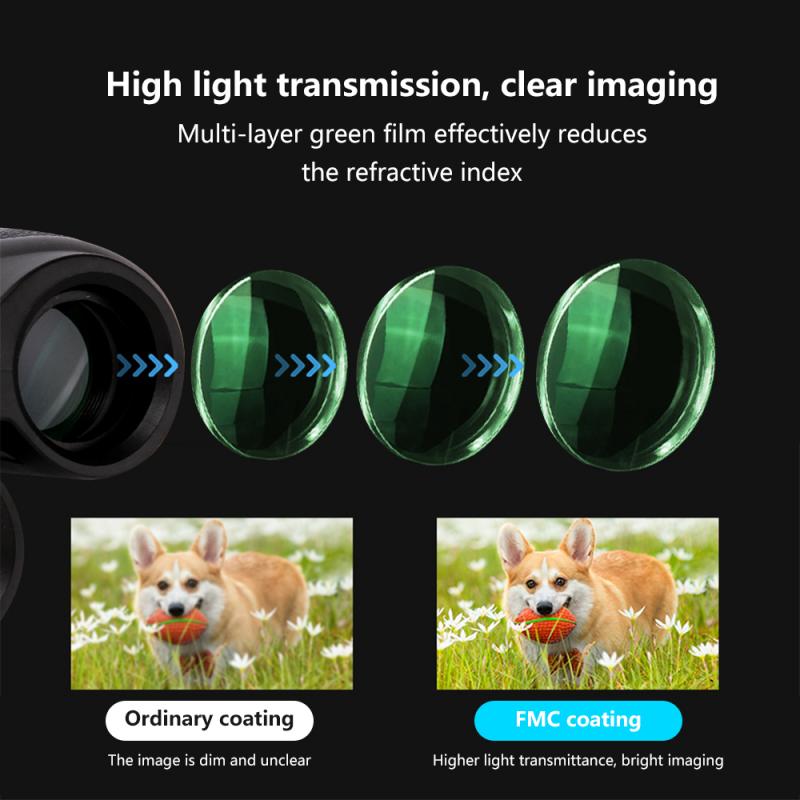
4、 Field of view
Binoculars are measured in a variety of ways, but one of the most important measurements is the field of view. The field of view refers to the width of the area that can be seen through the binoculars at a given distance. This measurement is typically expressed in degrees, and it can vary depending on the magnification and objective lens size of the binoculars.
To measure the field of view, manufacturers typically use a test target that is placed at a specific distance from the binoculars. The target is then viewed through the binoculars, and the width of the area that can be seen is measured in degrees. This measurement is important because it can help users determine how much of the surrounding area they will be able to see when using the binoculars.
In recent years, there has been a growing trend towards wider fields of view in binoculars. This is because wider fields of view can provide a more immersive viewing experience, allowing users to see more of the surrounding area and making it easier to track moving objects. Some manufacturers have even developed binoculars with fields of view that exceed 70 degrees, which is considered to be extremely wide.
Overall, the field of view is an important measurement to consider when choosing binoculars, as it can have a significant impact on the user's viewing experience. While wider fields of view are generally preferred, it's important to balance this with other factors such as magnification and objective lens size to find the right binoculars for your needs.
